Paul Biya’s recycled images and recurring Switzerland rumors are not just about vanity — they are about power. They are designed to manufacture inevitability, to create the sense that no matter what happens, the old man in the suit will remain president.
By The Independentist editorial Desk
For more than 40 years, President Paul Biya has steered Cameroon with a mix of suppression, spectacle, and imagery. As elections approach, the regime doesn’t just project strength with visuals — it also spreads rumors: that Biya is abroad, that he’s working from Switzerland, perhaps even that he has died. These rumors are often recycled, fakely documented, and systematically amplified. But Cameroonians are—and increasingly so—skeptical.
The Playbook: Imagery and Rumor
In addition to recycling old photos and videos, there is a parallel rumor-machine at work:
Rumors of him being in Switzerland: When Biya is mostly out of public view for a while, whispers start that he is in Switzerland, perhaps hospitalized or resting, or that he conducts presidential business from there. Sometimes these reports claim he has died.
Official denials and clarifications: Government spokespeople often respond by saying he is in good health, that rumors are false or “destabilising.” Sometimes they admit he is abroad, but deny any serious health issues.
Silence as fuel: Because Biya is aged and absent from certain public events, lack of immediate official communication tends to let rumors grow, re-spreading over social media, radio, and street corners.
The Recycled-Image Playbook
The strategy is straightforward and has been observed many times:
Reuse and relabel: A photo from years earlier is reposted with a fresh caption, presented as if it were taken today.
Staging and selective framing: Real images are cropped, blurred, or given misleading text to create a false impression.
Ghost amplification: Loyalist pages, bots, and anonymous “journalists” push these images until they look organic.
Noise-control: When questions arise, the state silences discussion. Talking about Biya’s health or absence has even been declared a “national security threat.”
Normalization by repetition: The same images reappear over months and years. Eventually, fatigue sets in, and for some, the narrative seeps into perception: “He must still be in charge — look, there’s the proof.”
Case Studies of Deception
The Wrong Man: A viral photo once circulated as “Biya addressing the nation.” It turned out to be an unrelated older picture of another figure. The deception was simple, but telling: the state wanted to show vigor where none existed.
The Ghost of Past Rallies: Images from rallies a decade ago were re-circulated as if they represented current campaign events. Loyal media carefully cropped out tell-tale details — outdated posters, younger faces of officials, even old vehicles.
The Vanishing Context: At times, official photographers release tightly cropped images of Biya with crowds. But uncropped versions, often leaked by citizens, show the reality: small, managed gatherings of civil servants compelled to attend.
The Switzerland rumor: Shortly after Biya left the country for a summit abroad, rumors went viral that he either died in Switzerland or was recovering there. Some posts claimed he was operating from Geneva, others said hospital beds. These were widely circulated among social media pages and picked up by informal word-of-mouth.
Official’s response: Key government figures repudiated the claims. They affirmed that Biya was alive, active, and working, and they explicitly denied the death rumors. They also stated that while he might be abroad for rest or diplomatic reasons, there was no hospitalisation or incapacitation.
Silence as a gap: Because official updates are often sparse or delayed, rumors flourish in that vacuum. Social media and radio become the de facto channels of news, where visual artifacts and rumors mix. The absence of transparent medical updates becomes a tool: you can’t show what isn’t shared, so people fill the gaps themselves.
Why It Works — and Why It Fails
This strategy works because images and rumors move faster than words. In an age of instant sharing, a single photo or a single rumor circulates through WhatsApp, Facebook, and Telegram before fact-checkers can catch up. Many citizens lack the tools or time to verify. In rural areas, where state media is dominant, the recycled image or rumor often is the only “news.”
But the trick is brittle. Urban youth with smartphones, diaspora Cameroonians who compare media, and independent journalists all spot the replays. They archive, timestamp, and share evidence. Within hours, side-by-side comparisons flood the internet: “This photo is from 2011.” “This rumor has surfaced before.” What was meant to show strength becomes proof of weakness.
Preparing the Ground for “Victory”
Why do this? Because elections in Cameroon are not about competition — they are about choreography. Long before ballots are printed, the narrative of “Biya’s invincibility” must be staged. The fake images and rumors are part of a larger system:
Control of state media ensures only flattering content circulates.
Legal bans silence those who question.
Recycled visuals and stories create an illusion of continuity, making it seem as if nothing has changed.
By the time results are announced — always in Biya’s favor — the ground has been prepared. The images and rumors told the story of a president who was visible, active, loved. The “victory” feels less like a surprise and more like a confirmation.
The People Are Not Fooled
Yet Cameroonians know. They remember the last time they saw Biya in person. They notice when a suit in a photo is ten years out of fashion. They whisper that the man in the picture looks younger than he could possibly be today. They also note how often rumors of Switzerland resurface, only to be officially denied.
No recycled photo can hide the reality of empty markets, broken roads, and police crackdowns. No cropped image can erase the funerals of civilians killed in the Anglophone conflict, or the silence of hospitals with no medicine.
“Victory” may be declared, but legitimacy cannot be Photoshopped.
Final Word
Paul Biya’s recycled images and recurring Switzerland rumors are not just about vanity — they are about power. They are designed to manufacture inevitability, to create the sense that no matter what happens, the old man in the suit will remain president.
But the people are not fooled. They have learned to read between the pixels and the whispers, to see the gaps between past and present. And when history finally catches up, it will not be the recycled images or the fake rumors that endure — it will be the memory of a people who refused to be deceived.
The Independentist editorial Desk







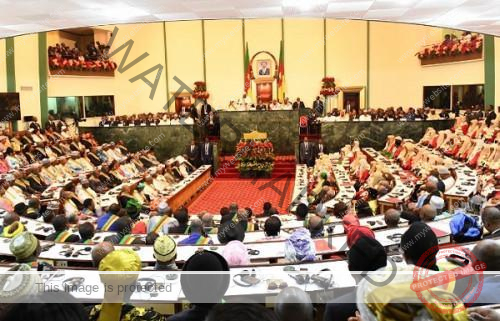






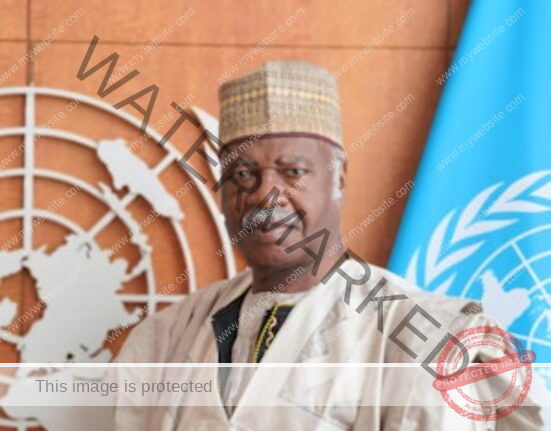
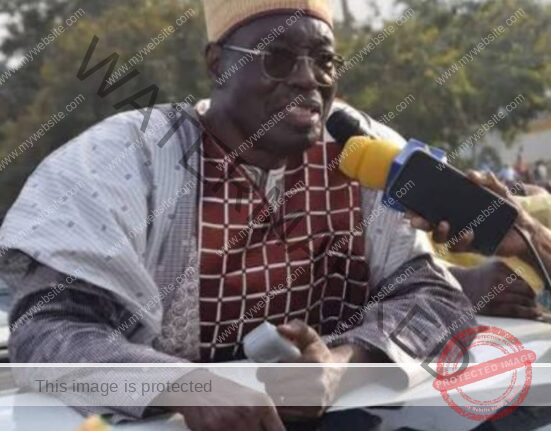
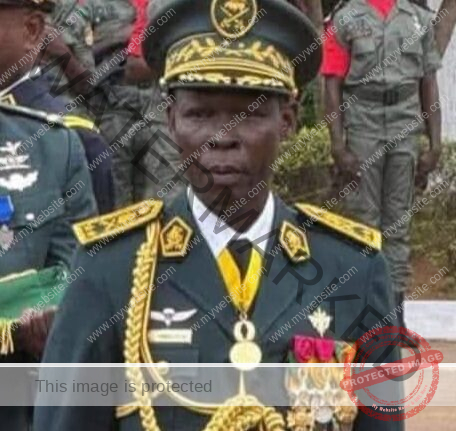
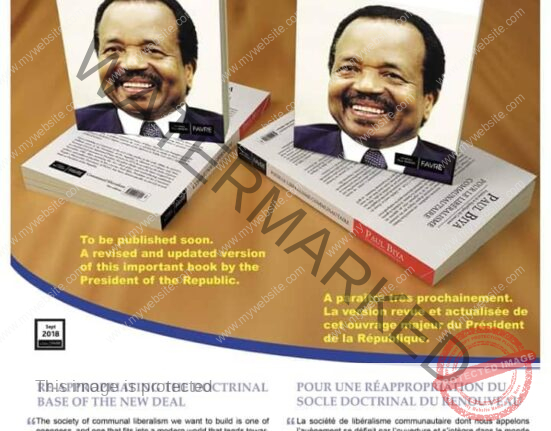
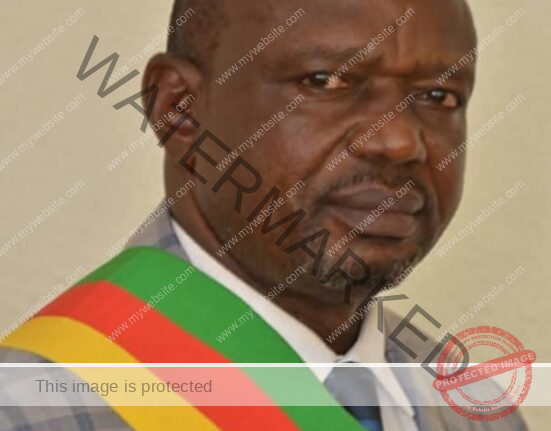
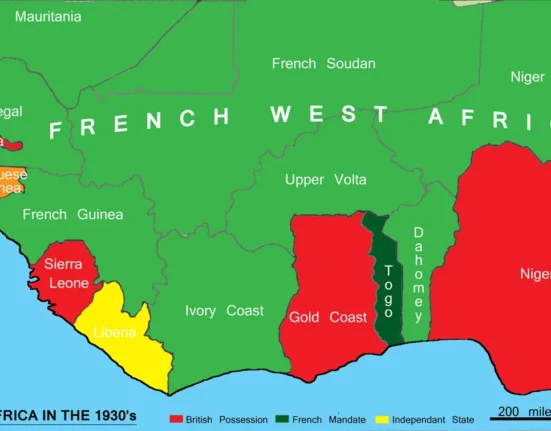

Leave feedback about this